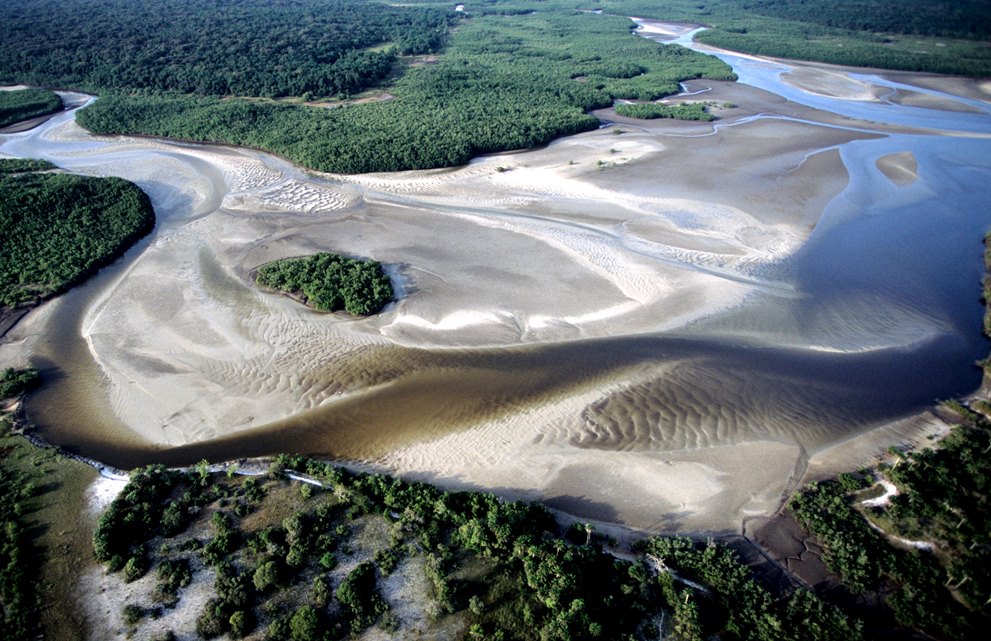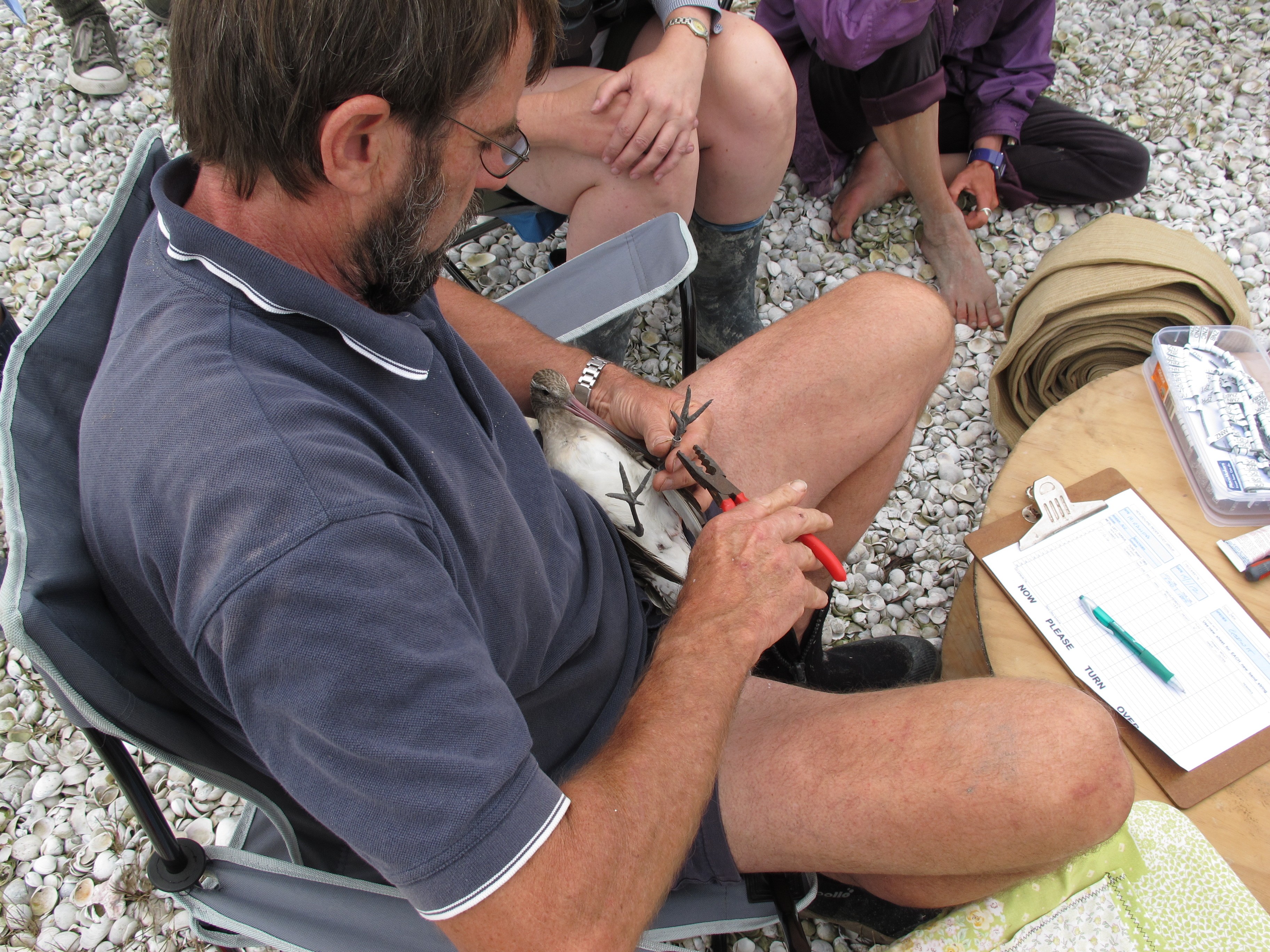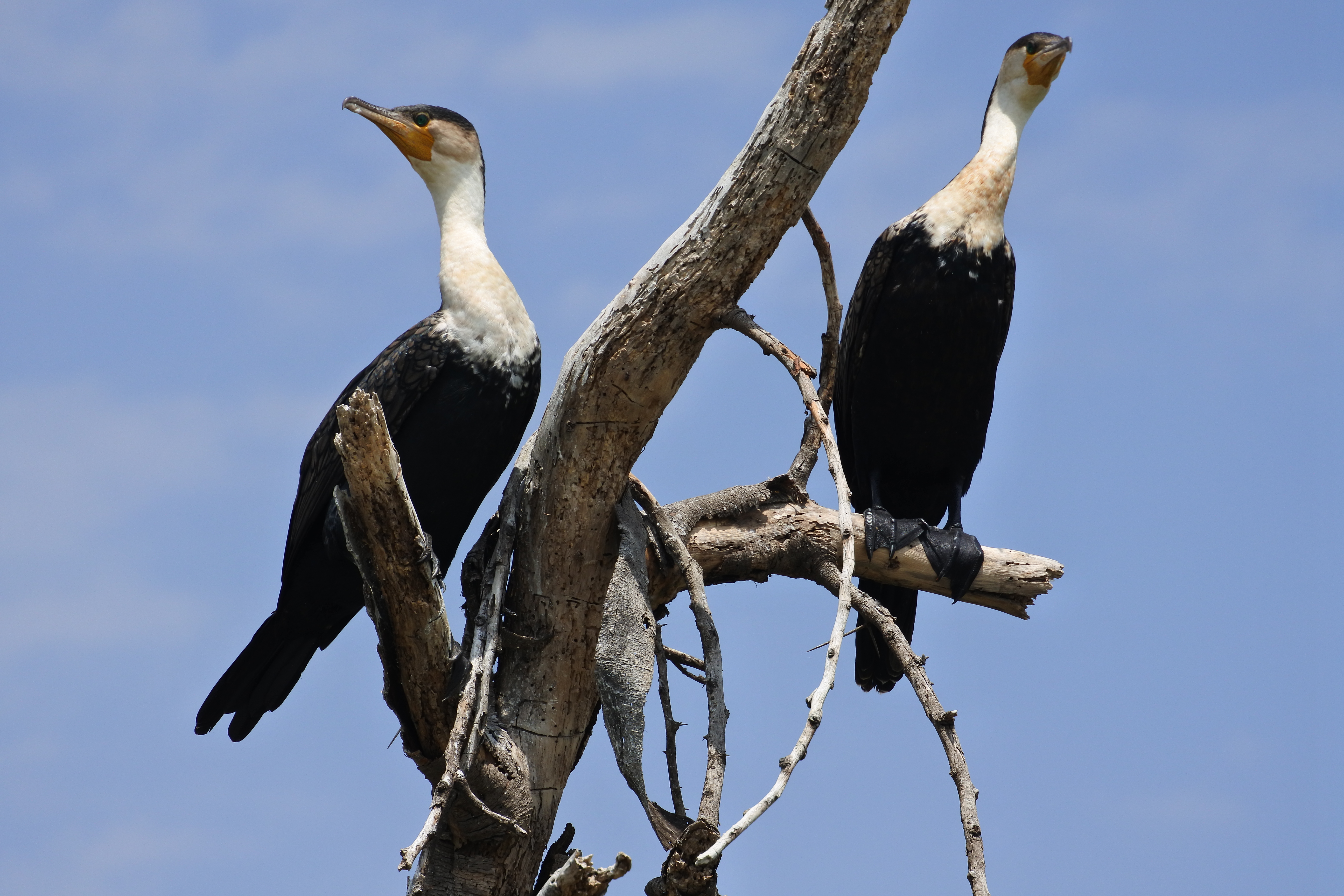|
Dengie Nature Reserve
Dengie nature reserve is a 12 sq. mi. (3,105 hectare) biological and geological Site of Special Scientific Interest between the estuaries of the Blackwater and Crouch near Bradwell-on-Sea in Essex. It is also a National Nature Reserve, a Special Protection Area, a ''Nature Conservation Review'' site, a Geological Conservation Review site and a Ramsar site. It is part of the Essex estuaries Special Area of Conservation. An area of 30 acres (12 hectares) is the Bradwell Shell Bank nature reserve, which is managed by the Essex Wildlife Trust. It consists of large, remote area of tidal mud-flats and salt marshes at the eastern end of the Dengie peninsula . The Chapel of St Peter-on-the-Wall overlooks some of the site. It is a wetland of international importance and provides habitats for: *Bar-tailed godwit (''Limosa lapponica'') *Hen harrier (''Circus cyaneus'') * Grey plover (''Pluvialis squatarola'') *Red knot (''Calidris canutus'') *Black-tailed godwit (''Limosa limosa islan ... [...More Info...] [...Related Items...] OR: [Wikipedia] [Google] [Baidu] |
Ramsar Convention
The Ramsar Convention on Wetlands of International Importance Especially as Waterfowl Habitat is an international treaty for the conservation and sustainable use of Ramsar site, Ramsar sites (wetlands). It is also known as the Convention on Wetlands. It is named after the city of Ramsar, Mazandaran, Ramsar in Iran, where the convention was signed in 1971. Every three years, representatives of the contracting parties meet as the Ramsar Convention#Conference of the Contracting Parties, Conference of the Contracting Parties (COP), the policy-making organ of the wetland conservation, convention which adopts decisions (site designations, resolutions and recommendations) to administer the work of the convention and improve the way in which the parties are able to implement its objectives. In 2022, COP15 was held in Montreal, Canada. List of wetlands of international importance The list of wetlands of international importance included 2,531 Ramsar site, Ramsar sites in Februa ... [...More Info...] [...Related Items...] OR: [Wikipedia] [Google] [Baidu] |
Bar-tailed Godwit
The bar-tailed godwit (''Limosa lapponica'') is a large and strongly migratory wader in the family Scolopacidae, which feeds on bristle-worms and shellfish on coastal mudflats and estuaries. It has distinctive red breeding plumage, long legs, and a long upturned bill. Bar-tailed godwits breed on Arctic coasts and tundra from Scandinavia to Alaska, and overwinter on coasts in temperate and tropical regions of Australia and New Zealand. The migration of the subspecies ''Limosa lapponica baueri'' across the Pacific Ocean from Alaska to New Zealand is the longest known non-stop flight of any bird, and also the longest journey without pausing to feed by any animal. The round-trip migration for this subspecies is over . Taxonomy The bar-tailed godwit was formally described by the Swedish naturalist Carl Linnaeus in 1758 in the tenth edition of his ''Systema Naturae'' under the binomial name ''Scolopax limosa''. It is now placed with three other godwits in the genus '' Limosa'' th ... [...More Info...] [...Related Items...] OR: [Wikipedia] [Google] [Baidu] |
Nature Conservation Review Sites
Nature is an inherent character or constitution, particularly of the ecosphere or the universe as a whole. In this general sense nature refers to the laws, elements and phenomena of the physical world, including life. Although humans are part of nature, human activity or humans as a whole are often described as at times at odds, or outright separate and even superior to nature. During the advent of modern scientific method in the last several centuries, nature became the passive reality, organized and moved by divine laws. With the Industrial Revolution, nature increasingly became seen as the part of reality deprived from intentional intervention: it was hence considered as sacred by some traditions ( Rousseau, American transcendentalism) or a mere decorum for divine providence or human history (Hegel, Marx). However, a vitalist vision of nature, closer to the pre-Socratic one, got reborn at the same time, especially after Charles Darwin. Within the various uses of the word ... [...More Info...] [...Related Items...] OR: [Wikipedia] [Google] [Baidu] |
Sites Of Special Scientific Interest In Essex
Site most often refers to: * Archaeological site * Campsite, a place used for overnight stay in an outdoor area * Construction site * Location, a point or an area on the Earth's surface or elsewhere * Website, a set of related web pages, typically with a common domain name It may also refer to: * Site, a National Register of Historic Places property type * SITE (originally known as ''Sculpture in the Environment''), an American architecture and design firm * Site (mathematics), a category C together with a Grothendieck topology on C * ''The Site'', a 1990s TV series that aired on MSNBC * SITE Intelligence Group, a for-profit organization tracking jihadist and white supremacist organizations * SITE Institute, a terrorism-tracking organization, precursor to the SITE Intelligence Group * Sindh Industrial and Trading Estate, a company in Sindh, Pakistan * SITE Centers, American commercial real estate company * SITE Town, a densely populated town in Karachi, Pakistan * S.I.T.E Indust ... [...More Info...] [...Related Items...] OR: [Wikipedia] [Google] [Baidu] |
Special Protection Areas In England
Special or specials may refer to: Policing * Specials, Ulster Special Constabulary, the Northern Ireland police force * Specials, Special Constable, an auxiliary, volunteer, or temporary; police worker or police officer * Special police forces Military * Special forces * Special operations Literature * ''Specials'' (novel), a novel by Scott Westerfeld * ''Specials'', the comic book heroes, see ''Rising Stars'' (comic) Film and television * Special (lighting), a stage light that is used for a single, specific purpose * ''Special'' (film), a 2006 scifi dramedy * ''The Specials'' (2000 film), a comedy film about a group of superheroes * Special 26, a 2013 Indian Hindi-language period heist thriller film * ''The Specials'' (2019 film), a film by Olivier Nakache and Éric Toledano * Television special, television programming that temporarily replaces scheduled programming * ''Special'' (TV series), a 2019 Netflix Original TV series * ''Specials'' (TV series), a 1991 TV series ... [...More Info...] [...Related Items...] OR: [Wikipedia] [Google] [Baidu] |
Great Crested Grebe
The great crested grebe (''Podiceps cristatus'') is a member of the grebe family of water birds. The bird is characterised by its distinctive appearance, featuring striking black, orange-brown, and white plumage, and elaborate courtship display that involves synchronised dances and displays. Taxonomy The great crested grebe was formally described by the Swedish naturalist Carl Linnaeus in 1758 in the tenth edition of his ''Systema Naturae'' under the binomial name ''Colymbus cristatus''. It is now the type species of the genus '' Podiceps'' that was erected by the English naturalist John Latham in 1787. The type locality is Sweden. The scientific name comes from Latin: the genus name ''Podiceps'' is from , "vent" and , "foot", and is a reference to the placement of a grebe's legs towards the rear of its body; the specific name, ''cristatus'', means "crested". Subspecies Three subspecies are currently accepted: Description The great crested grebe is the largest speci ... [...More Info...] [...Related Items...] OR: [Wikipedia] [Google] [Baidu] |
Great Cormorant
The great cormorant (''Phalacrocorax carbo''), also known as just cormorant in Britain, as black shag or kawau in New Zealand, formerly also known as the great black cormorant across the Northern Hemisphere, the black cormorant in Australia, and the large cormorant in India, is a widespread member of the cormorant family of seabirds. It breeds in much of the Old World, Australasia, and the Atlantic coast of North America. Taxonomy The great cormorant was formally described in 1758 by the Swedish naturalist Carl Linnaeus in the tenth edition of his ''Systema Naturae'' under the binomial name ''Pelecanus carbo''. Linnaeus specified the type location as "Europe", but this was restricted to the "rock-nesting form of the north Atlantic Ocean" by the German ornithologist Ernst Hartert in 1920. The great cormorant is now one of 12 species placed in the genus '' Phalacrocorax'' that was introduced in 1760 by the French zoologist Mathurin Jacques Brisson. The genus name is Latinised Anc ... [...More Info...] [...Related Items...] OR: [Wikipedia] [Google] [Baidu] |
Brent Goose
The brant or brent goose (''Branta bernicla'') is a small goose of the genus ''Branta''. There are three subspecies, all of which winter along temperate-zone sea-coasts and breed on the high-Arctic tundra. The Brent oilfield was named after the species. Taxonomy The brant was formally described in 1758 by the Swedish naturalist Carl Linnaeus in the tenth edition of his ''Systema Naturae'' under the binomial name ''Anas bernicla''. Linnaeus specified the type locality as Europe but in 1761 restricted it to Sweden. The brant is now one of six species placed in the genus ''Branta'' that was introduced in 1769 by the Austrian naturalist Giovanni Antonio Scopoli. The genus name ''Branta'' is a Latinised form of Old Norse ''brandgás'', "burnt (black) goose". The specific epithet ''bernicla'' is Medieval Latin for barnacle. The brant and the similar barnacle goose were previously considered to be the same species and believed to be the same creature as the barnacle. That myth c ... [...More Info...] [...Related Items...] OR: [Wikipedia] [Google] [Baidu] |
Eurasian Oystercatcher
The Eurasian oystercatcher (''Haematopus ostralegus'') also known as the common pied oystercatcher, or (in Europe) just oystercatcher, is a wader in the oystercatcher bird family Haematopodidae. It has striking black and white plumage, a long straight orange-red bill, red eyes and relatively short dull pink legs. The sexes are similar in appearance but the bill of the female is longer than that of the male. It is the most widespread of the oystercatchers, with four subspecies breeding in western Europe, central Eurosiberia, Kamchatka, China, and the western coast of Korea. No other oystercatcher occurs within this area. Taxonomy The Eurasian oystercatcher was listed by Swedish naturalist Carl Linnaeus in 1758 in the 10th edition of his ''Systema Naturae'' under the binomial name ''Haemotopus ostralegus''. The genus name ''Haematopus'' combines the Ancient Greek ''haima'' αἷμα meaning "blood" and ''pous'' πούς meaning "foot". The specific epithet ''ostralegus'' combi ... [...More Info...] [...Related Items...] OR: [Wikipedia] [Google] [Baidu] |
Northern Lapwing
The northern lapwing (''Vanellus vanellus''), also known as the peewit or pewit, tuit or tewit, green plover, or (in Ireland and Great Britain) pyewipe or just lapwing, is a bird in the lapwing subfamily. It is common through temperate Palearctic, Eurosiberia. Taxonomy The northern lapwing was Species description, formally described by the Swedish naturalist Carl Linnaeus in 1758 in the 10th edition of Systema Naturae, tenth edition of his ''Systema Naturae'' under the binomial nomenclature, binomial name ''Tringa vanellus''. The species is now placed with the other lapwings in the genus ''Vanellus'' that was introduced by the French zoologist Mathurin Jacques Brisson in 1760. The scientific name ''Vanellus'' is Medieval Latin for the northern lapwing and derives from ''vannus'', a Winnowing#In Greek culture, winnowing fan. The species is monotypic: no subspecies are recognised. The name ''lapwing'' has been variously attributed to the "lapping" sound its wings make in flight, f ... [...More Info...] [...Related Items...] OR: [Wikipedia] [Google] [Baidu] |
Dunlin
The dunlin (''Calidris alpina'') is a small wader in the genus '' Calidris''. The English name is a dialect form of "dunling", first recorded in 1531–1532. It derives from ''dun'', "dull brown", with the suffix ''-ling'', meaning a person or thing with the given quality. It is a circumpolar breeder in Arctic or subarctic regions. Birds that breed in western Europe are short-distance migrants largely staying on western and southern European and northwest African coasts; those breeding in far northern Europe and Asia are long-distance migrants, wintering south to Africa, southeast and west Asia. Birds that breed in Alaska and the Canadian Arctic migrate short distances to the Pacific and Atlantic coasts of North America, although those nesting in northern Alaska overwinter in Asia. Taxonomy The dunlin was formally described by the Swedish naturalist Carl Linnaeus in 1758 in the tenth edition of his ''Systema Naturae'' under the binomial name ''Tringa alpina''. Linnaeus spec ... [...More Info...] [...Related Items...] OR: [Wikipedia] [Google] [Baidu] |
Black-tailed Godwit
The black-tailed godwit (''Limosa limosa'') is a large, long-legged, long-billed shorebird first described by Carl Linnaeus in 1758. It is a member of the godwit genus, '' Limosa''. There are four subspecies, all with orange head, neck and chest in breeding plumage and dull grey-brown winter coloration, and distinctive black and white wingbar at all times. Its breeding range stretches from Iceland through Europe and areas of central Asia. Black-tailed godwits spend (the northern hemisphere) winter in areas as diverse as the Indian subcontinent, Australia, New Zealand, western Europe and west Africa. The species breeds in fens, lake edges, damp meadows, moorlands and bogs and uses estuaries, swamps and floods in (the northern hemisphere) winter; it is more likely to be found inland and on freshwater than the similar bar-tailed godwit. The world population is estimated to be 634,000 to 805,000 birds and is classified as Near Threatened. The black-tailed godwit is the national bird ... [...More Info...] [...Related Items...] OR: [Wikipedia] [Google] [Baidu] |









